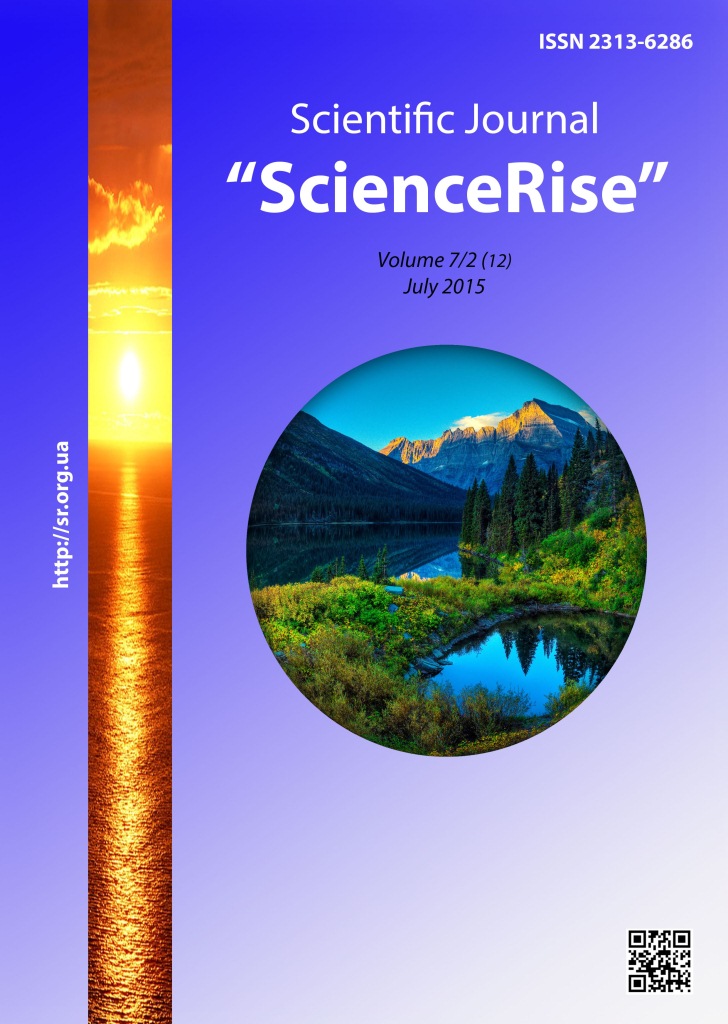Display graphical information optimization methods in a client-server information system
DOI:
https://doi.org/10.15587/2313-8416.2015.46992Keywords:
JavaScript optimization, loading speedup, interactive plots, preprocessing, automatic code processingAbstract
This paper presents an approach to reduce load time and volume of data necessary to display web page due to server side preprocessing. Measurement of this approach’s effectivity has been conducted. There were discovered conditions in which this approach will be the most effective, its disadvantages and presented ways to reduce them
References
Welcome To JFreeChart! – Available at: http://www.jfree.org/jfreechart/
Let the computer in the cloud build your charts. – Available at: from https://code.google.com/p/charts4j/
Attractive JavaScript plotting for jQuery. – Available at: http://www.flotcharts.org/
A powerful and easy to use charting library for Ember.js. – Available at: http://addepar.github.io/ember-charts/#/ember-charts/overview
Flot examples: Adding Annotations. – Available at: http://www.flotcharts.org/flot/examples/annotating/index.html
Online Javascript Compression Tool. – Available at: http://jscompress.com/
A safe place for all your files. – Available at: https://www.google.com/intl/en/drive/
Full web stack no browser required. – Available at: http://phantomjs.org/
HtmlUnit. – Available at: http://htmlunit.sourceforge.net/
Insanely fast, headless full-stack testing using Node.js. – Available at: http://zombie.js.org/
ENVJS – Brining the browser. – Available at: http://www.envjs.com/
Downloads
Published
Issue
Section
License
Copyright (c) 2015 Юрий Викторович Мазуревич, Андрей Александрович Болдак

This work is licensed under a Creative Commons Attribution 4.0 International License.
Our journal abides by the Creative Commons CC BY copyright rights and permissions for open access journals.
Authors, who are published in this journal, agree to the following conditions:
1. The authors reserve the right to authorship of the work and pass the first publication right of this work to the journal under the terms of a Creative Commons CC BY, which allows others to freely distribute the published research with the obligatory reference to the authors of the original work and the first publication of the work in this journal.
2. The authors have the right to conclude separate supplement agreements that relate to non-exclusive work distribution in the form in which it has been published by the journal (for example, to upload the work to the online storage of the journal or publish it as part of a monograph), provided that the reference to the first publication of the work in this journal is included.

